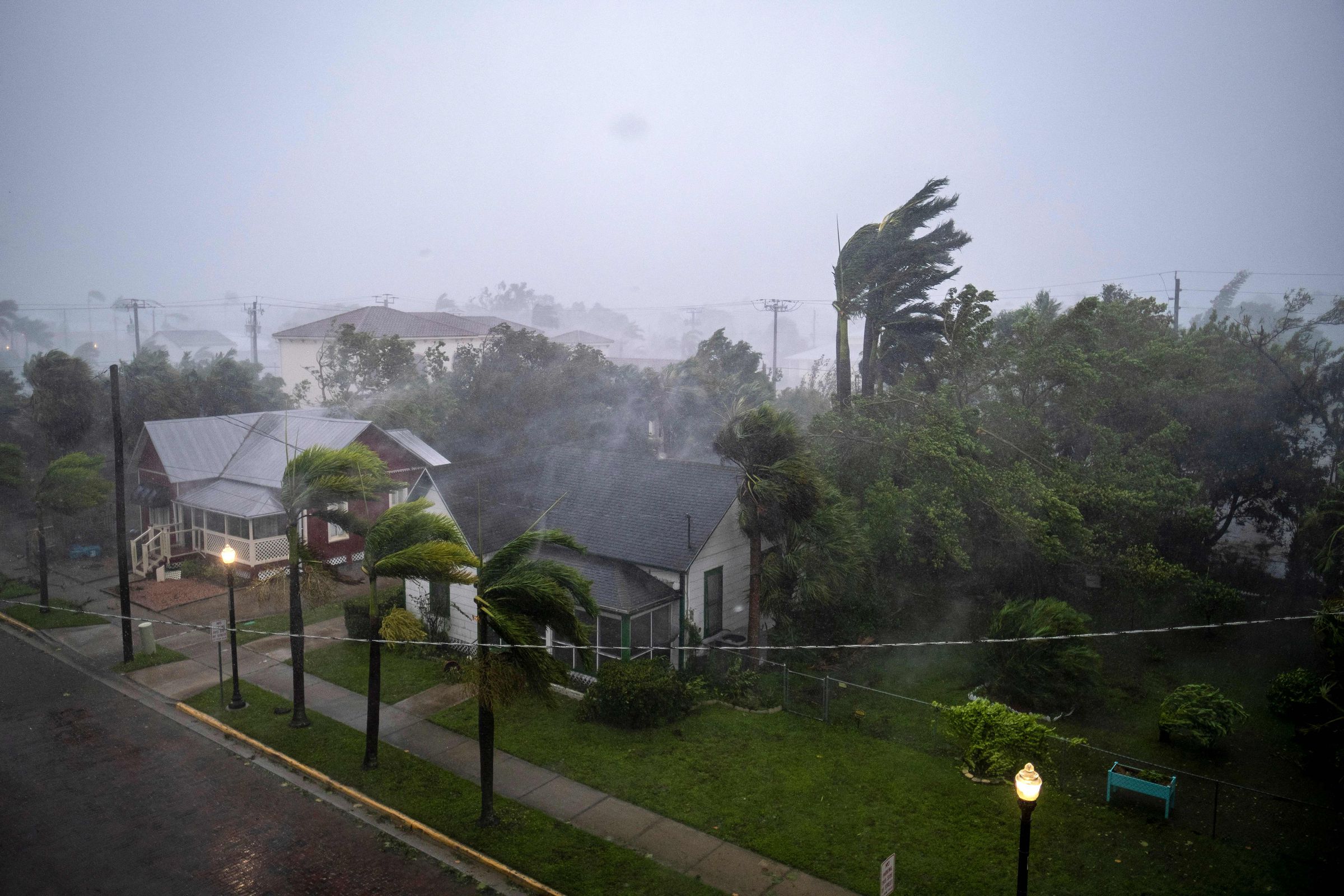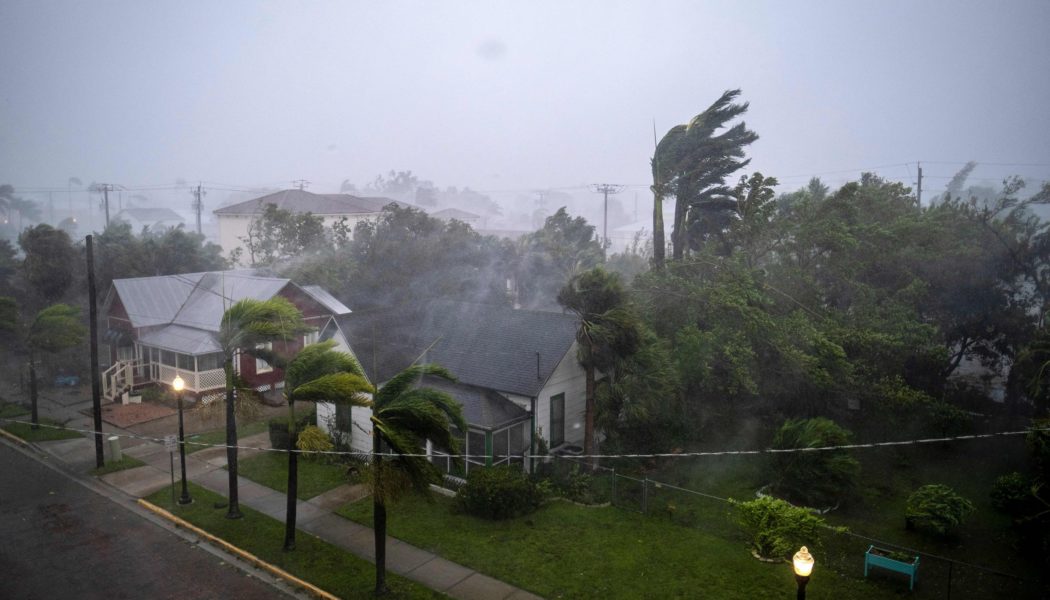Storms are growing more fierce and unpredictable. There’s an online tool that can show you what risks your home might face.

In the next 30 years, 13.4 million more properties in the contiguous US will likely face destructive winds from tropical cyclones, according to a new report. It’s not a risk these properties typically faced in the past, but that’s changing as hurricanes get stronger and weirder with climate change.
The shift could cost property owners billions of dollars in damages. This year, the US could see $18.5 billion in losses from hurricane winds, the report finds. In 30 years, average annual losses rise to roughly $20 billion.
“This next generation of hurricane strength will bring unavoidable financial impacts and devastation that have not yet been priced into the market,” Matthew Eby, CEO of First Street Foundation, the nonprofit research organization that published the report, said in a press release today.
First Street Foundation also debuted a new online tool that lets users see how vulnerable a particular property is to hurricane winds now and over the next three decades. It adds to First Street’s Risk Factor tool on its website, which already allows users to search addresses to generate reports on its exposure to floods, fire, and extreme heat. It’s a helpful tool, especially considering a lot of flood maps are outdated, and these kinds of climate-related risks aren’t often disclosed to homeowners and potential buyers.
The report relies on historic observations and a peer-reviewed wind model to assess future risks. First Street simulated more than 50,000 different storm tracks to figure out likely wind speed and direction, adjusting for how the local landscape might speed up or slow down gales. Then it zooms in on individual properties to evaluate how vulnerable they would be to hurricane winds.
Florida faces the most risk — but not necessarily in places that typically bear the brunt of storms. Nearly all the additional losses from hurricane winds hitting the mainland US 30 years from now, about $1 billion worth of damage, are expected in Florida. Stronger storms and shifting hurricane paths could expose 4.1 million properties there to a Category 5 hurricane in 2053, compared to 2.5 million this year. And that could be a big problem for communities further north that haven’t had to deal with as many severe storms in the past as places further south.
The state is already more prone to storms because of how it juts out into warm waters, coupled with a lot of development along its vast coastlines. Florida’s southeast coast, where Miami has become a sort of poster child for cities vulnerable to climate change, tends to get hit particularly hard by landfalling hurricanes. But in the future, storms will be more likely to make landfall further north, near cities like Jacksonville.
Tropical storms draw strength from heat energy on the surface of the sea, and oceans are heating up because of climate change. So it’s no wonder that hurricanes are becoming more intense. Along with storms making landfall further north than they have before, there’s also evidence that storms are retaining more of their strength upon making landfall. So they’re hitting new places that were previously out of reach.
That makes it all the more important to give people a heads-up about what kinds of hazards might be headed their way in the future. Even less severe storms can wreak havoc on places that weren’t expecting them, and a little preparation can go a long way toward keeping people and their homes safe.








